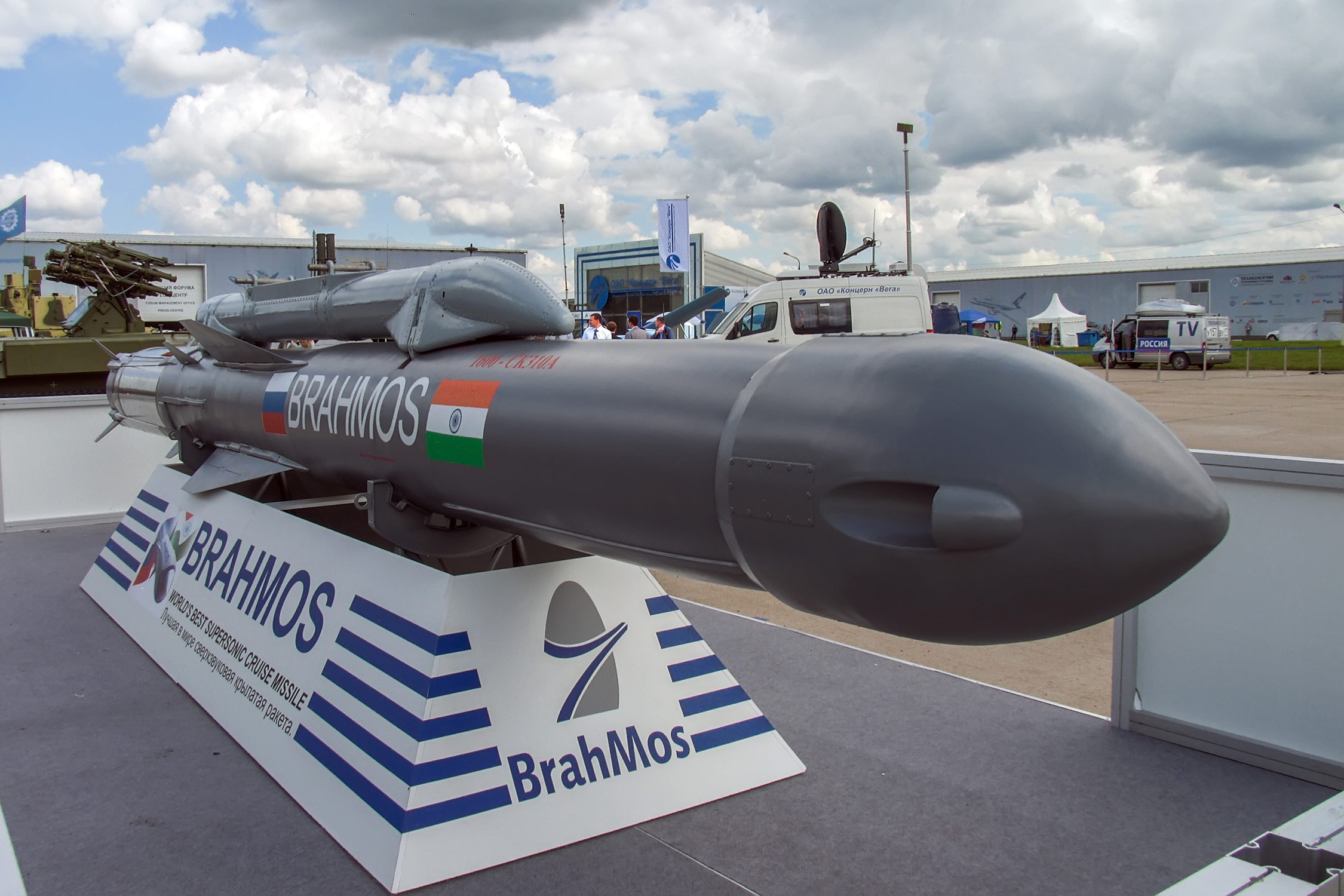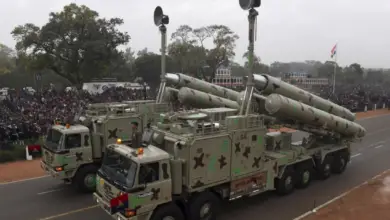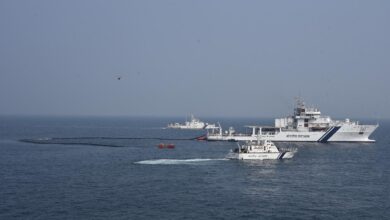India’s BrahMos Missile Damages, Sinks Ship in Latest Trials
India has test-fired the anti-ship variant of its BrahMos cruise missile, striking and creating a massive hole in an abandoned Indian Navy ship.
Demonstrating its integrated Network-Centric strike capabilities, the cruise missile was fired without a warhead from the guided-missile destroyer INS Delhi.
In an interview with ANI News Agency, officials stated that the missile travels at a speed of around 3,000 kilometers (1,864 miles) per hour, making it difficult to intercept by air defense systems.
On Twitter, the Indian Navy described the successful test as “another shot in the arm” for the “Make in India” initiative.
Successful maiden #BrahMos firing by #INSDelhi from an upgraded modular launcher once again demonstrated long range strike capability of BrahMos alongwith validation of integrated Network Centric Operations from frontline platforms (1/2)#CombatReady #Credible #FutureProofForce pic.twitter.com/fY9BAsO8Li
— SpokespersonNavy (@indiannavy) April 19, 2022
Fired from Su30-MKI Aircraft
The BrahMos was also fired from an Su30-MKI fighter aircraft on Tuesday, hitting the same abandoned ship and sinking it.
The live-fire test was part of the Indian government’s move to integrate the BrahMos missile into its Sukhoi fighter jets to enhance the Indian Air Force’s air defense capabilities.
Today on the Eastern seaboard, #IAF undertook live firing of #BrahMos missile from a Su30 MkI aircraft.
The missile achieved a direct hit on the target, a decommissioned #IndianNavy ship.
The mission was undertaken in close coordination with @indiannavy. pic.twitter.com/UpCZ3vJkZb— Indian Air Force (@IAF_MCC) April 19, 2022
The BrahMos Cruise Missile
The BrahMos is a two-stage supersonic cruise missile with a solid propellant booster engine with a maximum range of 290 kilometers (180 miles).
The missile is designed to be launched from multiple platforms, including land, sea, sub-sea, and air. It can be fitted on warships, mobile launchers, submarines, and aircraft.
The system operates on a “fire and forget” principle, requiring no further guidance after launch until it reaches its target.












